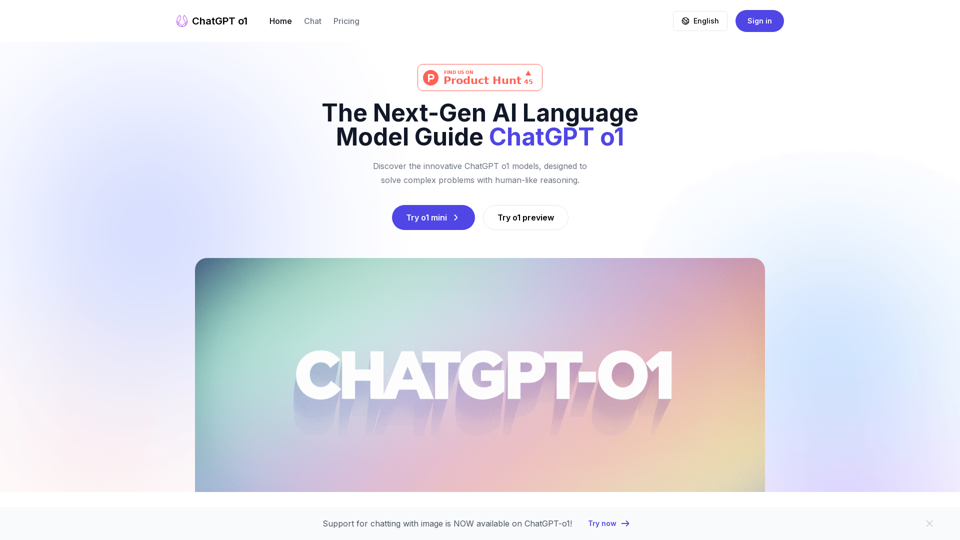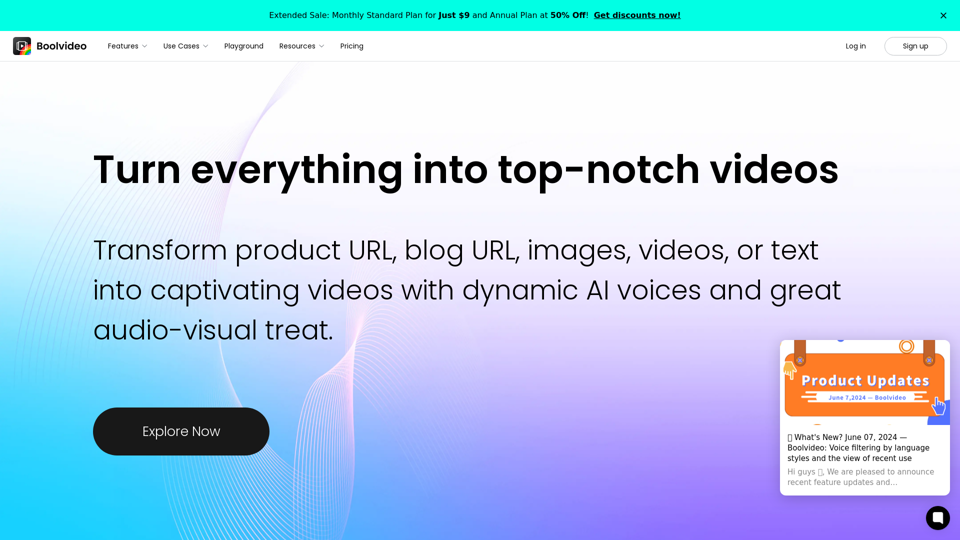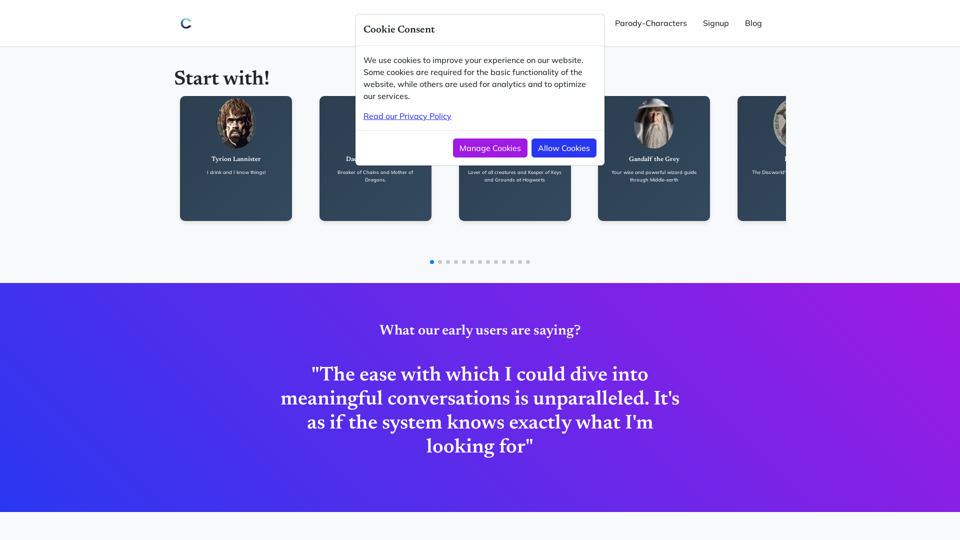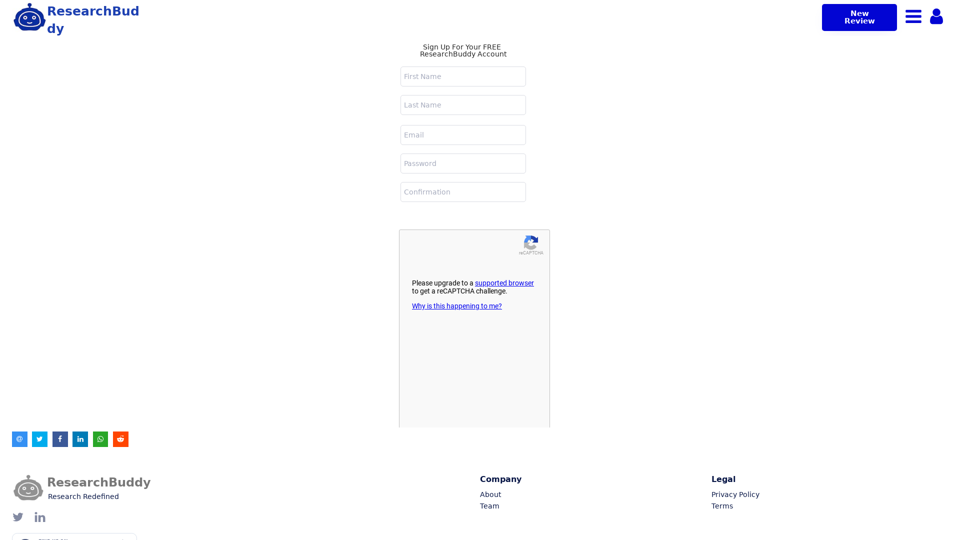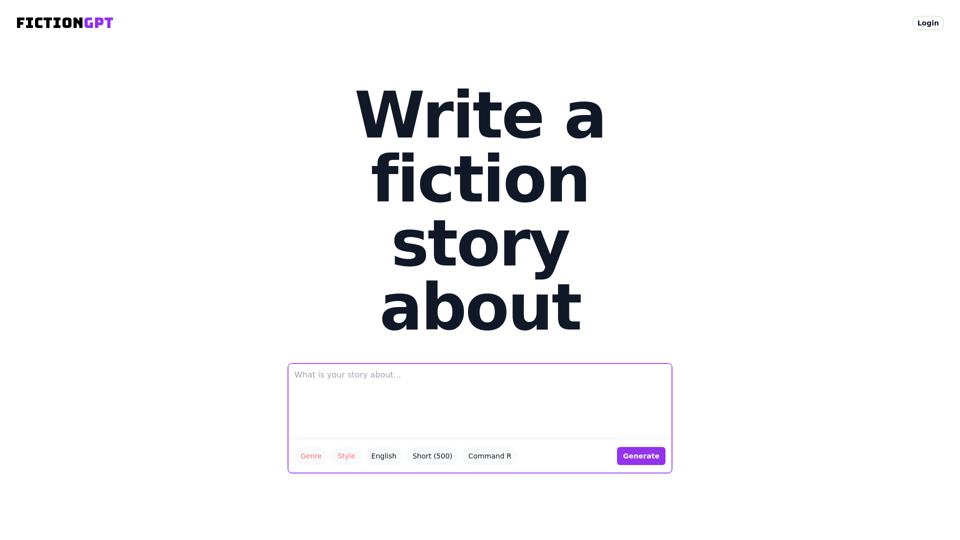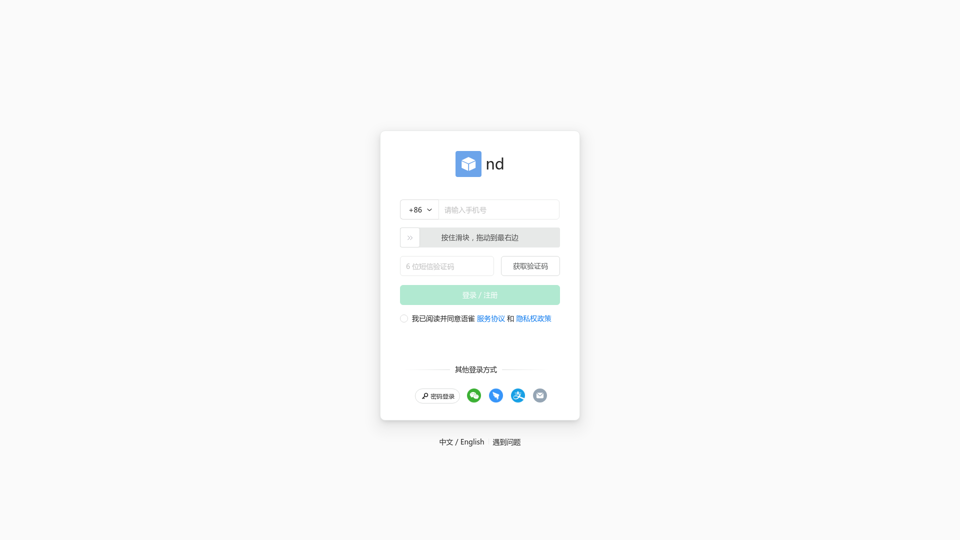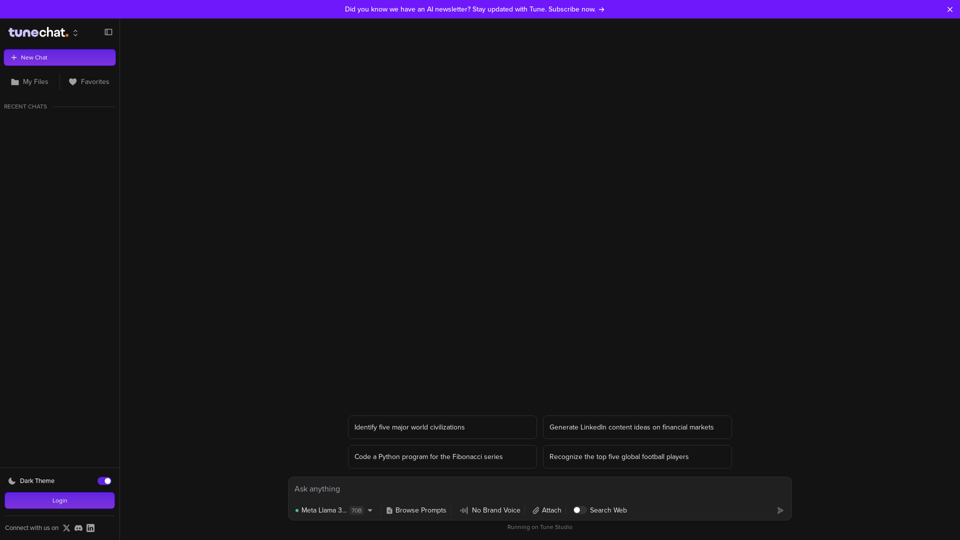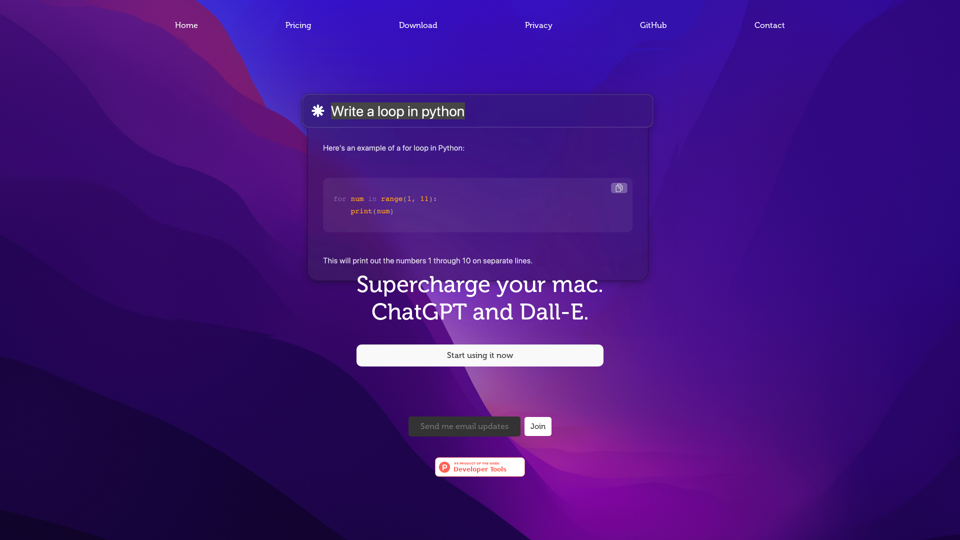What's a Large Language Model (LLM)?
A Large Language Model (LLM) is a type of artificial intelligence designed to understand and generate human-like text. These models are built using deep learning techniques, particularly focusing on neural networks with transformer architectures. LLMs are trained on vast datasets to learn the statistical relationships between words and phrases, enabling them to perform a variety of natural language processing tasks.
Key Characteristics of LLMs
- Transformer Architecture: Utilizes self-attention mechanisms for efficient processing of text.
- Pre-trained on Large Datasets: Ingests extensive text corpora to learn language patterns.
- Fine-tuning Capabilities: Can be adjusted for specific tasks through additional training.
- Multimodal Abilities: Some LLMs can process and generate text, images, and other data types.
Benefits of Large Language Models
LLMs offer numerous advantages in the field of artificial intelligence and natural language processing:
- Enhanced Text Generation: Capable of producing coherent and contextually relevant text.
- Improved Language Understanding: Can comprehend and infer meaning from complex language inputs.
- Versatile Applications: Useful in various domains such as translation, summarization, and sentiment analysis.
- Scalability: Larger models tend to perform better on a wider range of tasks due to their extensive training data.
How to Use Large Language Models
Using LLMs involves several steps to ensure they are effectively integrated into applications:
Deployment
- API Integration: Many LLMs are accessible via APIs, allowing for easy integration into software systems.
- On-premise Deployment: Some models can be deployed locally for applications requiring data privacy.
Fine-tuning
- Task-specific Training: LLMs can be fine-tuned with additional data to improve performance on specific tasks.
- Prompt Engineering: Crafting specific prompts to guide the model's responses in desired directions.
Considerations
- Bias and Ethics: Be aware of potential biases in the model's training data and outputs.
- Resource Requirements: LLMs can be resource-intensive, requiring significant computational power for training and inference.
- Continuous Monitoring: Regularly evaluate model performance and update as needed to maintain accuracy and relevance.
By understanding and leveraging the capabilities of Large Language Models, businesses and developers can enhance their applications with advanced language processing features.
